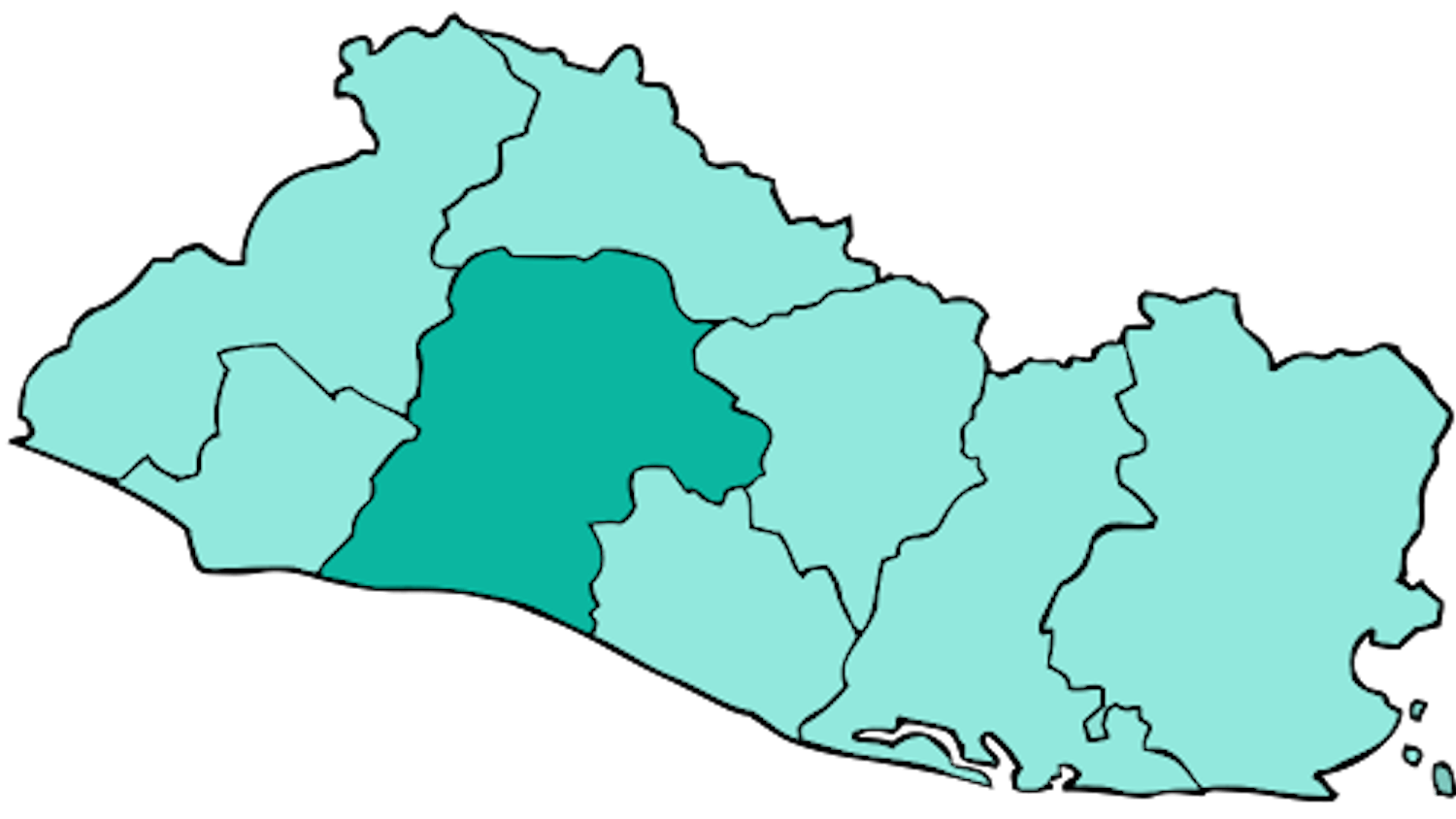By Jennifer Goetz
Nation & World Editor
Mosquitos exist in warm temperatures, and CNN reported that the warming waters and changes in precipitation patterns, referred to as “El Niño,” have had an effect on the recent spread of Zika in the western hemisphere. As of Monday, Feb. 1, the World Health Organization (WHO) issued a global public emergency due to this virus, according to BBC News.
The Washington Post describes El Niño as a phenomenon that occurs every few years that causes extra warm temperatures by the equator around late December. As a result of humid, warm temperatures, mosquitos thrive and so does the Zika virus, the New York Times reported.
The mosquito-borne virus has been a serious problem for Latin America and the Caribbean and it continues to spread rapidly. Brazil, in particular, is considered to be the center of this epidemic, according to the Washington Post.
“Meteorological factors certainly play an important role in determining the global range of the virus-transmitting Aedes (aegypti species of) mosquitoes and how competently they can transmit a virus,” said Andrew Monaghan, a research scientist at the University Corporation for Atmospheric research, CNN reported.

According to CNN, the current El Niño episode began around mid-2015, and the United Nations has said that El Niño may trigger an “increase in vector-borne diseases including dengue, chikungunya and Zika virus due to increased mosquito vectors.”
The New York Times reported that this virus is related to “dengue, yellow fever and West Nile virus.”
For some, the Zika virus has no lasting effects, but officials are particularly concerned for pregnant women, as the virus has caused a birth defect known as microcephaly, according to the New York Times. This is when a baby’s head is unusually small when they’re born, and since a baby’s head is still forming the first year of life, babies are affected based on the part of the brain that has been damaged, according to the New York Times. The usual amount of microcephaly reported is somewhere around 300 cases a year, but according to the New York Times, this year there has been around 4,000 cases.
The Washington Post reported that the side effects of this virus include, fever, rash, joint ailments and other flu-like symptoms.
The New York Times reported that the virus, which was first discovered in Uganda’s Zika forest in 1947, is common in Africa’s and Asia’s history, but not in the western hemisphere’s.
This is why the virus has been able to move so quickly—our immune systems are not prepared to combat it.
The New York Times reported that because of the winter conditions in the tristate area, people have no risk of contracting the Zika virus in the New York area. The New York Times reported that WHO has stated that the Zika virus has “exploded rapidly” in the Americas and warned that, by the end of the year, four million people could be affected.







